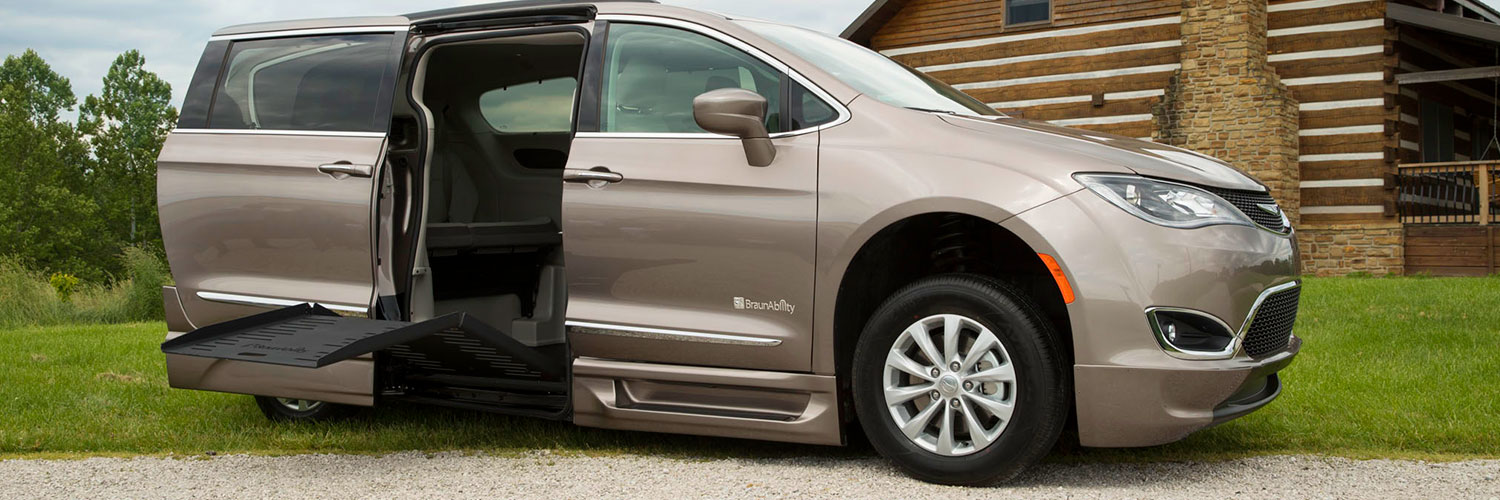Which Handicap Van is Right for Me?
Sometimes, selecting the right handicap van can be overwhelming – especially if you’ve never done it before. Just as with a regular vehicle purchase, there are tons of options, and features to consider, which is why it is good to do your research before hand. Speak to your health care team first and then with your family members to determine what your greatest mobility needs are as well as who will be using your vehicle for transportation.
While manufacturer preference may be an important factor to you, it is important to consider other key factors when buying a handicap van. Below, we've provided a useful guide to help you get started in your search for a handicap van. However, it is always in your best interest to consult with a mobility specialist when you are truly ready to begin the purchase process.
Questions to Ask When Buying a New or Used Handicap Van
Is the Wheelchair User Able to Move Independently?
Is the wheelchair user able to physically transfer himself/herself from their his/her wheelchair into the van? If ‘Yes,’ then a power seat base may be installed into an existing, unconverted vehicle.
If the wheelchair user is unable to transfer themselves into a seat, or if their disability is progressive, a handicap conversion van is definitely recommended.
Do You Need a Side or Rear Entry Handicap Van?
Most handicap vans are converted to become wheelchair or scooter accessible by lowering some or all of the vehicle’s floor. For example, BraunAbility side-entry vans either have the entire floor lowered or a portion of the floor from the rear of the front seats to the back of the van.
Expense:
Rear Entry Handicap Van Conversions:
- Typically has a lower price because it’s much less expensive to convert.
- Have better ground clearance because most of the van’s floor has not been modified and because the rear of the vehicle is slightly elevated.
Seating Flexibility:
Rear Entry Handicap Van Conversions:
- The wheelchair or scooter user has much more flexibility.
- If the entire floor has been lowered, the wheelchair user can drive (if the user has the physical capability and the vehicle has hand-controls), ride in the front passenger position, or ride in the 2nd row position.
Tight Parking:
Rear Entry Handicap Van Conversions:
- If you live in an area that lacks handicap parking spaces or if your garage is too narrow for a side-entry van, you might need a rear entry van.
Side Entry Handicap Van Conversions:
- If you live in an area with limited parallel parking, a side-entry vehicle is a better choice.
What are the Physical Measurements of the Wheelchair User?
Knowing the dimensions of the wheelchair or scooter is critical to the selection process. Things you should measure include:
- HEIGHT: measure from the floor to the top of your head while sitting in your chair or scooter.
- LENGTH: measure your wheelchair or scooter from front to back, taking into account your feet and footrests, baskets, medical equipment, and any other protrusions.
- WIDTH: measure your wheelchair from side to side at the widest point, paying attention to arm rests or other protrusions above floor level.
The BraunAbility site features a great chart to help you determine which wheelchair van is best for you [source:https://www.braunability.com/help-me-decide-wheelchair-vans/].
**Information for this page was referenced from BraunAbility.
Related Pages:
Contact one of our certified mobility consultants today at one of the following numbers:
we will NOT be undersold!









